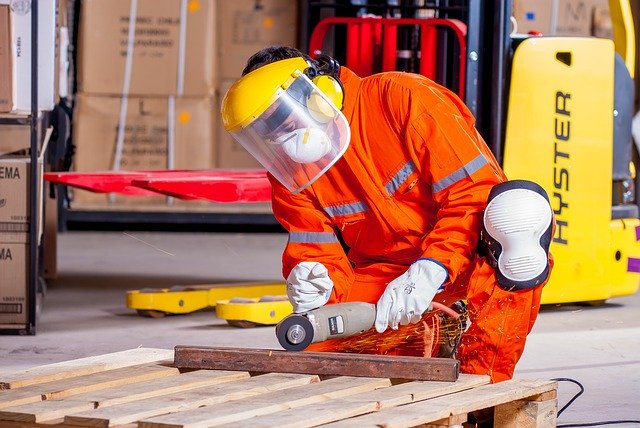
Manufacturing conditions in the Philippines declined again in May 2020, as outputs were further stifled by efforts to curb the coronavirus disease 2019 (COVID-19) pandemic, including temporary business closures and travel restrictions.
Easing of measures in some regions, however, helped the rate of contraction in production soften from April leading to the Purchasing Managers’ Index (PMI) improving to 40.1 in May from a record low of 31.6 in April, according to the latest survey of IHS Markit. A reading above 50 indicates an expansion of the manufacturing sector compared to the previous month; below 50 represents a contraction, while 50 indicates no change.
READ: PH manufacturing activity hits new low in April
Despite the improvement, the reading still pointed to a sharp deterioration in operating conditions across the manufacturing sector, the third in as many months, IHS Markit noted.
“The Philippines PMI signalled a softer decline in operating conditions across the manufacturing sector in May. The headline index picked up and was much higher than in April when the lockdown had its greatest impact on production,” IHS Markit economist David Owen said in a statement.
“Yet conditions have still not recovered, with restrictions in the capital and other cities broadly the same since April, in part leading to another sharp fall in new order volumes. Only the lifting of measures in rural areas helped to slow the decline,” Owen added.
Demand for manufactured goods continued to fall during the month, with the latest decrease softer than that seen in April but still the second-sharpest since the series began in January 2016.
Businesses faced weaker sales from both domestic and international markets, as the COVID-19 pandemic meant that many foreign clients remained under lockdown measures.
As a result, firms continued to pare back on purchasing activity and reduce inventory levels, with input buying and both pre- and post-production stocks falling markedly since the start of the second quarter.
The drop in inventories of raw materials and semi-finished items eased as some manufacturers raised holdings in anticipation of a nationwide lifting of lockdown measures.
Deliveries of input materials were again delayed by travel restrictions and more frequent checkpoints, with lead times increasing substantially and for the 10th month running.
Price pressures began to inflate in May after marked decreases during March and April. Raw material prices rose slightly as reductions in global supply started to outweigh weaker demand and lead to difficulties in acquiring inputs.
Output prices also increased, but firms tried to keep charge inflation low, hoping this would encourage an improvement in sales once demand conditions have returned to normal.
Employment continued to drop amid excess capacity, further hampering demand conditions.
Looking forward, IHS Markit said the degree of sentiment regarding output in a year’s time continued to improve from March’s nadir, as companies were encouraged by a partial easing of lockdown measures and COVID-19 cases being kept under control.
Firms hoped that the introduction of new products would also drive activity higher.





